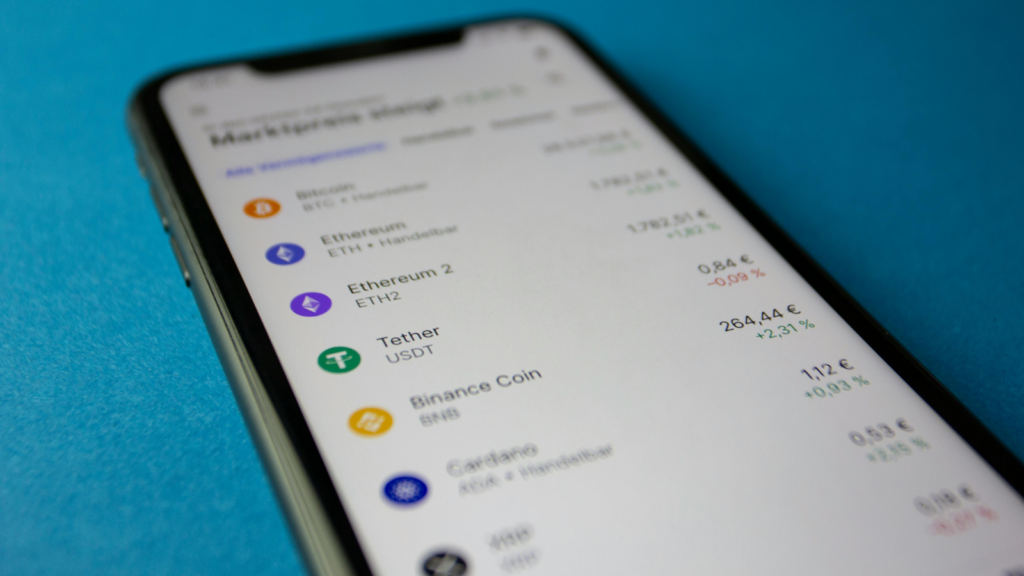Ever dreamt of how to make your own cryptocurrency, With the rise of Bitcoin and other cryptocurrencies, it’s no surprise that many are intrigued by this digital revolution. In this article, we’ll demystify the process of creating your own cryptocurrency and give you a roadmap to embark on this fascinating journey.
How to Make Your Own Cryptocurrency
How to make your own cryptocurrency often defies simplicity. It requires meticulous planning and decisive action.
Defining the Purpose and Target Audience
The purpose of a cryptocurrency lies at its very foundation. It helps in constructing a platform that serves a meaningful function. A target audience, on the other hand, represents the community which the cryptocurrency seeks to serve. Understanding this group of potential users makes it easier to tailor features that satisfy their needs.
Legal Considerations

Legal compliance isn’t optional but essential in the world of cryptocurrency. Regulations differ from country to country, impacting everything from transaction privacy to tax obligations. It’s important to have a clear understanding of these laws before introducing a new digital currency to the market. Engaging a legal expert who specializes in the field of cryptocurrency is a wise choice. They can provide guidance on navigating the complex regulatory landscape, ensuring that the created cryptocurrency adheres to all applicable rules and avoids potential legal issues.
Developing the Blockchain
Choosing the Right Blockchain Platform
Selecting the appropriate Blockchain platform impacts the features, functionalities, and flexibility of the resultant cryptocurrency. Numerous platforms exist such as Ethereum, Hyperledger Fabric, or OpenChain. Ethereum, a public, open-source Blockchain platform, offers robustness and widespread use. It introduces Smart Contracts, autonomous scripts of code that reside on the Blockchain. Hyperledger Fabric, contributed by IBM, offers a private, permissioned Blockchain network. It supports pluggable ledger and consensus methods, providing greater flexibility. OpenChain, by contrast, presents an open-source distributed ledger technology. It’s suitable for organizations that wish to issue and manage digital assets in a robust, secure and scalable way.
After analyzing the characteristics of each platform, one can choose the one that caters to their specific needs. Use of open source platforms reduces the development cost, while private platforms increase user privacy.
Building and Testing Your Blockchain
Four steps define this procedure:

- Setting up the Blockchain node: Establishment of the node signifies the first step. Decision revolves around whether to run a full node, accessing the entire Blockchain, or a light node, fetching data as needed.
- Building the API: The API handles interactions between the Blockchain and its applications. It facilitates smoother operations and is vital in the development infrastructure.
- Creating the Cryptocurrency: Creating the actual Cryptocurrency demands defining the consensus method (proof-of-work or proof-of-stake), and the issuance rate.
- Designing the Front-End: The front-end design handles user interaction with the Cryptocurrency. It’s regularly tailored to the user’s needs and operational requisites.
Launching Your Cryptocurrency
Pre-Launch Marketing Strategies
A plethora of marketing strategies exist in the pre-launch phase. They include but are not limited to, designing teaser campaigns, leveraging social media, organizing virtual events, or mobilizing influencers.
Initial Coin Offering (ICO) vs. Direct Listing
When it comes to launching a cryptocurrency, ICO and Direct Listing have notable differences.
Specifically, an ICO works quite a bit like a crowdfunding campaign. A percentage of the cryptocurrency is pre-sold to early backers of the project in exchange for legal tender or other cryptocurrencies, typically Bitcoin or Ethereum. The idea runs along the lines of raising funds to further develop or expand the project.

For example, Ethereum raised money through an ICO before launching.
On the other hand, a Direct Listing incorporates an entirely different process. Rather than selling to a specific group of early backers, tokens are made available on a specific exchange. They’re open for purchase to any interested buyer. This method leaves less room for biased price manipulation.
Conclusively, each method has distinct risks and benefits. The choice lies in aligning the cryptocurrency’s purpose with the needs and preferences of its target audience.
The Process of Creating Your Own Cryptocurrency
So you’ve seen that how to make your own cryptocurrency isn’t a task for the faint-hearted. It’s a robust process that demands careful planning, clear purpose definition, and a keen understanding of your target audience.


